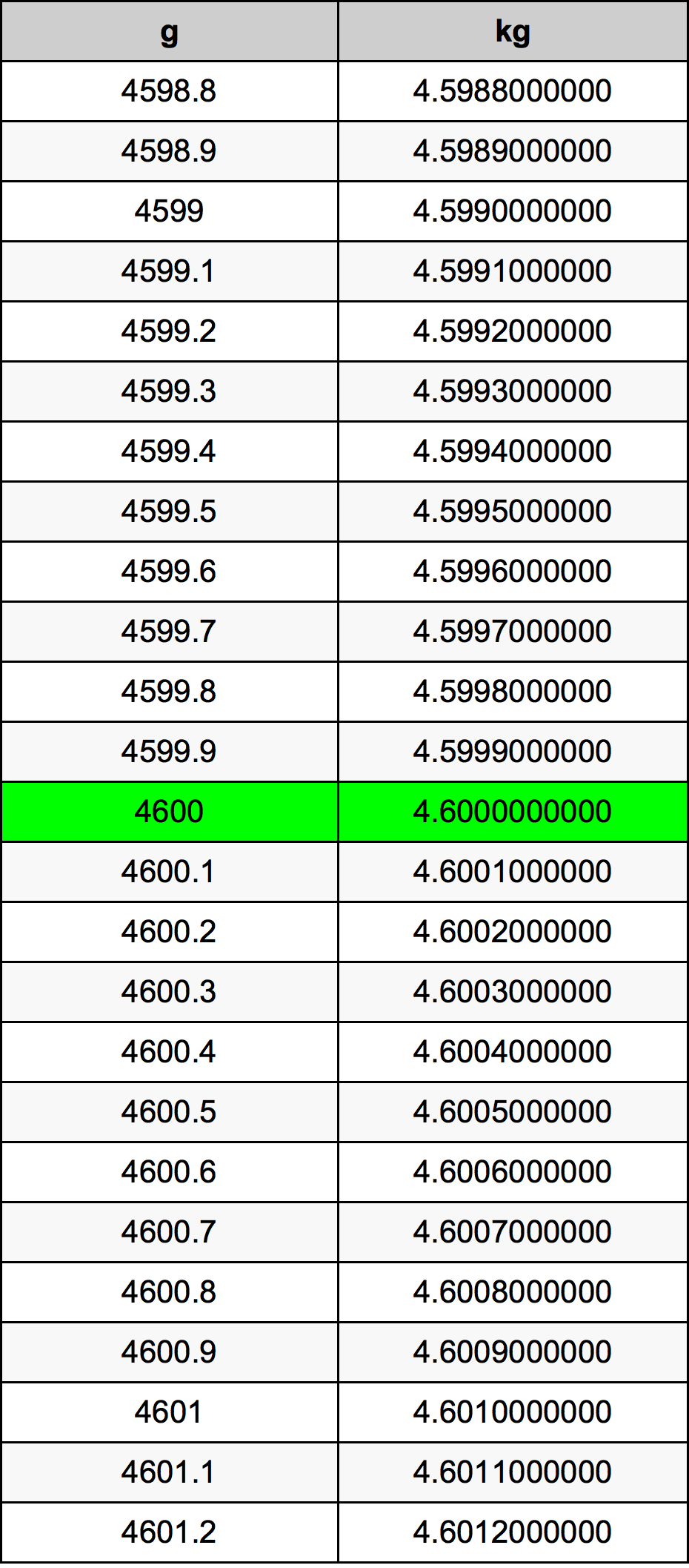

All multiples and submultiples of the base units are in powers of ten. The kilogram is the weight of one liter of water. But, when Napoleon lost power, the system was reinstated. The metric system was not particularly popular in revolutionary France, and Emperor Napoleon, who came just after the Revolution, abolished it. In 1791, the French parliament imposed the use of the metric system on the country, and it is now used in Continental Europe and many other parts of the world. Metric weights, the gram, the kilogram, were developed by scientists in 18th century France. Metric weights have a very different history. A standards bureau was set up with prototypes for the imperial system at that time. In 1855, a fire destroyed the Houses of Parliament in London, where the standards for these weights were kept. The system came into official use across the British Empire. This system of units was first defined in the British Weights and Measures Act of 1824, which was later refined and reduced. This measure has come down to us as part of the British Imperial System of Weights and Measures, which is also used in the U.S. The Dirhem was halved to 222 grains for the penny, twenty of which made the ounce as before, and twelve ounces the pound in silver. Translated into English as the 'ounce,' King Offa, who lived at the end of the 8th century, accepted the silver ounce but then ran short of silver. Ten Dirhems made a Wukryeh of 450 grains, which we call an ounce from the Latin "uncia" or twelfth, which name is used genetically for such a class of weight or volume.
WEIGHT CONVERTER GRAMS TO KGS FULL
The uncia is a twelfth part of the 'pes,' which is the Roman 'foot -' our word inch is also derived from 'uncia.' The Romans used the same word for ounce, which they measured using a technique taken from the Arabs.įor the Arabs, a silver Dirhem was determined by 45 full grown barley grains. Their basic unit of weight was the 'uncia,' from which the English word 'ounce' is originally derived. The Greeks used the same weight measurement as the Babylonians, but the Romans changed it. It was equal to the amount of water that filled an amphora (a kind of vase). The Babylonians invented the talent, as the basic unit of weight, and, based on their sexagesimal (60-based), divided into equal parts in terms of that number.

For instance, the "carat," still used as a mass unit for gems, is derived from the carob seed. With the development of scales as a means of weighing, seeds and stones served as standards. These were filled with plant seeds that were then counted to measure the volumes. Why We Have Different Ways to Measure Weight?Įarly Babylonian and Egyptian records, as well as the Bible, indicate that weight was originally measured by the capacities of containers such as gourds or clay or metal vessels.


 0 kommentar(er)
0 kommentar(er)
